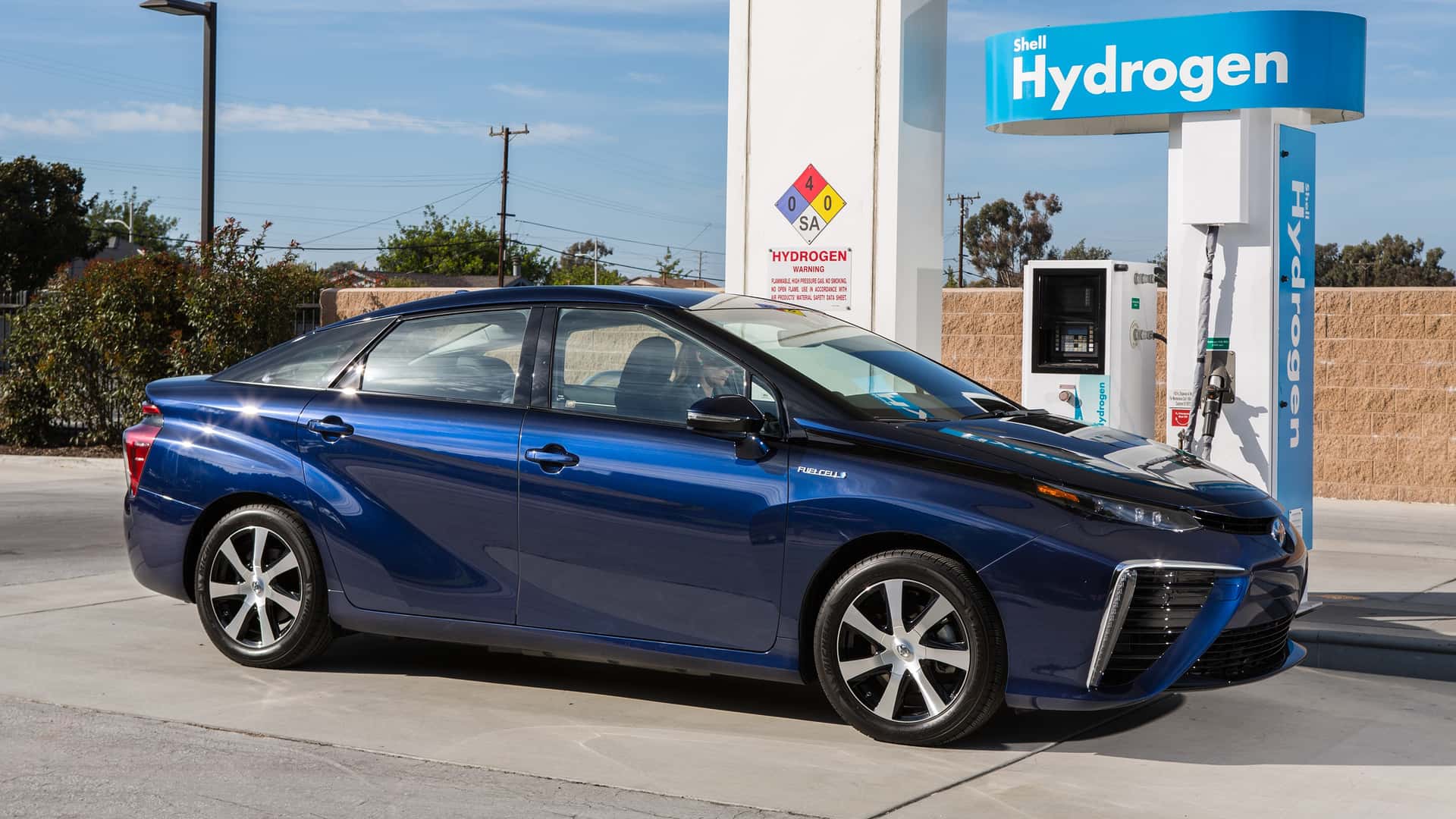Shell Is Immediately Closing All Of Its California Hydrogen Stations | The oil giant is one of the big players in hydrogen globally, but even it can’t make its operations work here.::The oil giant is one of the big players in hydrogen globally, but even it can’t make its operations work here. All seven of its California stations will close immediately.



Looking forward to the upcoming Toyota announcement that they believe in the future of hydrogen more than ever
Toyota, and Japan as a whole, are in a tricky situation with their electric grid. It’s been developed separately by nine different companies in each region; the southern regions use 60 Hz supply cycles, where-as the northern regions (including Tokyo Electric) use 50 Hz. Add to this the populations reluctance for nuclear power after Fukushima, and you get a very fragile supply grid with limited capacity. Toyota is gunning hard for Hydrogen because Japan itself can’t support EVs and for some reason it doesn’t want to/can’t manufacture both.
Okay, but if they don’t have the electricity for EVs they definitely don’t have enough electricity to waste 2/3 of it turning it into hydrogen and back.
I mean yeah, but on the other hand with hydrogen you have much more control over when and where you use the electricity as you can choose to manufacture most of it during off-peak periods and when renewables create excess energy. Then you can transport it by pipes or by trucks/ships without overwhelming the electric grid.
You can do off-peak charging with EVs too, that’s not a magical hydrogen thing. My hot water system is on its own circuit which can be turned off by the power company whenever they need to cut demand, providers have been doing that sort of thing for decades.
I’m not sure I buy that. Yes, their electrical grid is a mismatched nightmare, that they should have taken the hit on decades ago. However I see that small chargers for things like phones can adjust to pretty much any electrical grid: why shouldn’t we expect the charger in the car to be equally flexible? Either way, it’s converting to DC
Edit: the article didn’t talk about the differences, except frequency: if the only difference is 50Hz vs 60Hz, most analog electrical stuff probably also works on both. The real problem is they don’t have interconnects nor do they have a regulatory structure allowing separate generating oroviders
My main point was about capacity, and how the separate grid(s?) hinder attempts to add the capacity needed for EVs. I wasn’t really clear on that though. mb
They also recently announced an anhydrous ammonia engine.
They really really don’t want to do an electric car. Anhydrous ammonia is insanely toxic. You ever spill a like a few drops of gas at the pump and get it on your pants or shoe? Annoying but not a big deal. Do that with anhydrous ammonia and you’ll be in the hospital.
It can also be used to make methamphetamine.